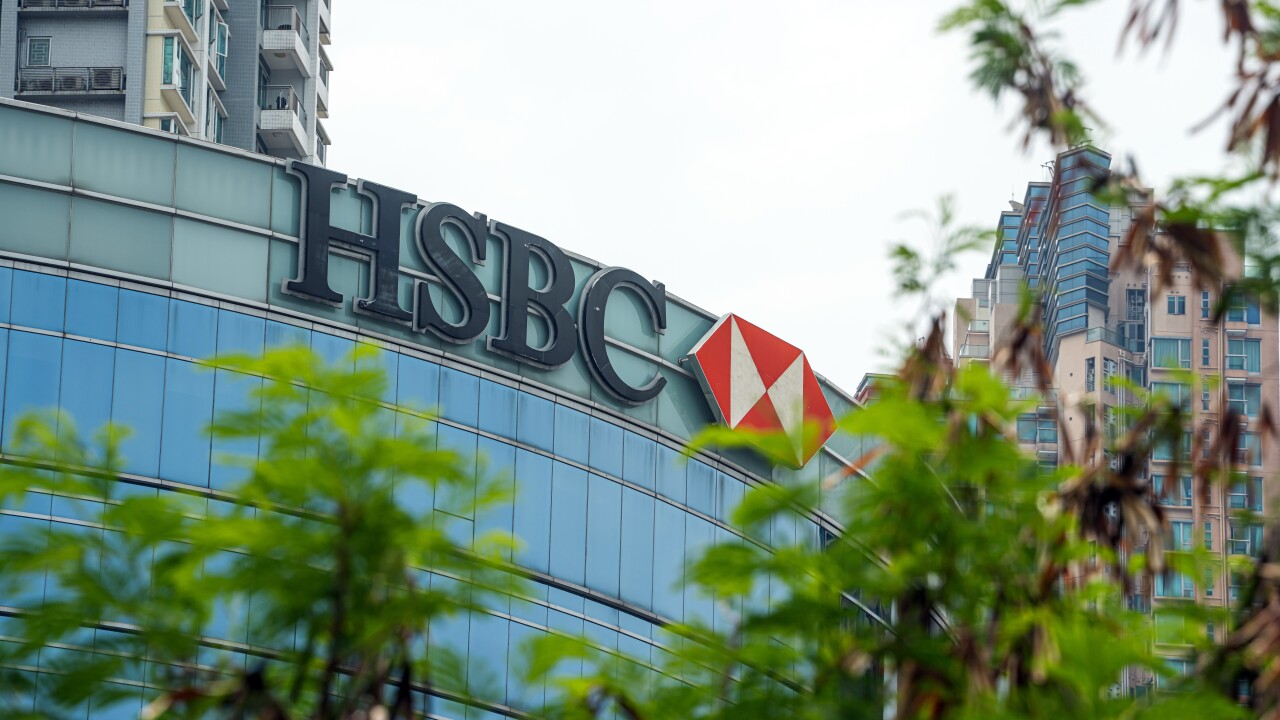When the U.K. went into a coronavirus-induced lockdown on March 23 as Prime Minister Boris Johnson announced school, office and retail closures, it caused a ripple effect on the U.K. e-commerce market. This effect has increased consumer willingness to shop for new items and at new retailers, as well as to digitize common tasks such as grocery shopping.
Despite the increased interest in e-commerce, the experiences have not been felt equally across all generations. Further, as the country began to slowly reopen schools in June, along with outdoor markets and car showrooms — and then more broadly to other venues in July and August — it became clear that the U.K. shift to shopping online may linger long after the virus is gone.
Finally, the U.K.’s e-commerce will grow in 2020 by billions of pounds, but the majority of that new spending will land in the shopping carts of just a handful of retailers, including Amazon.











